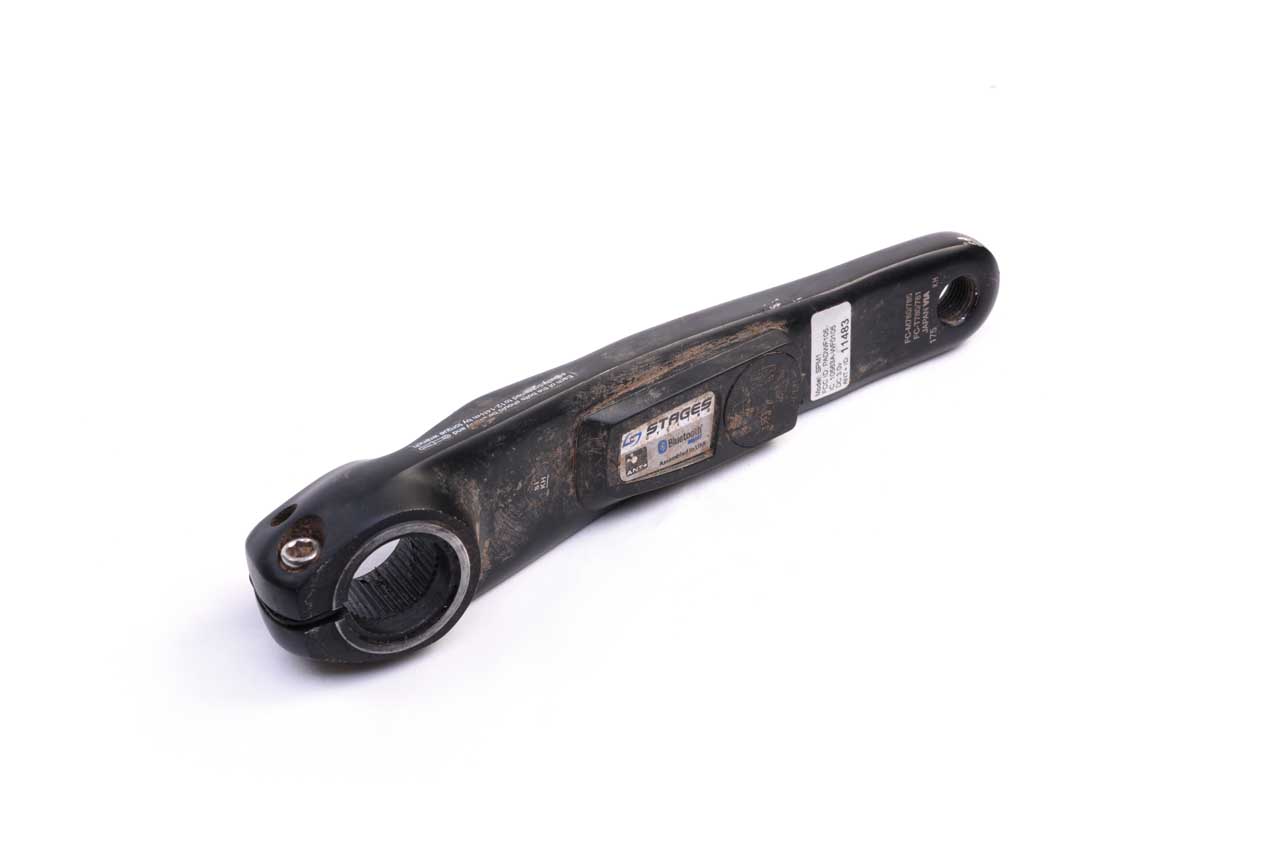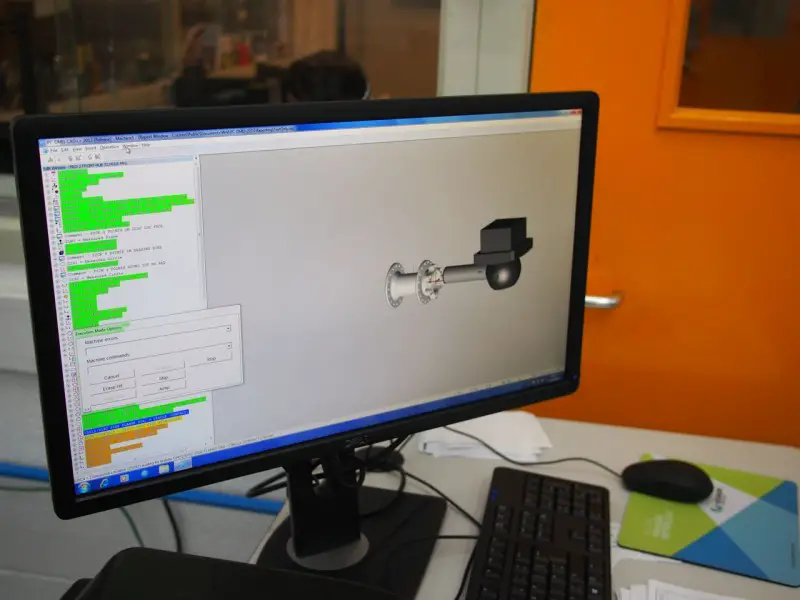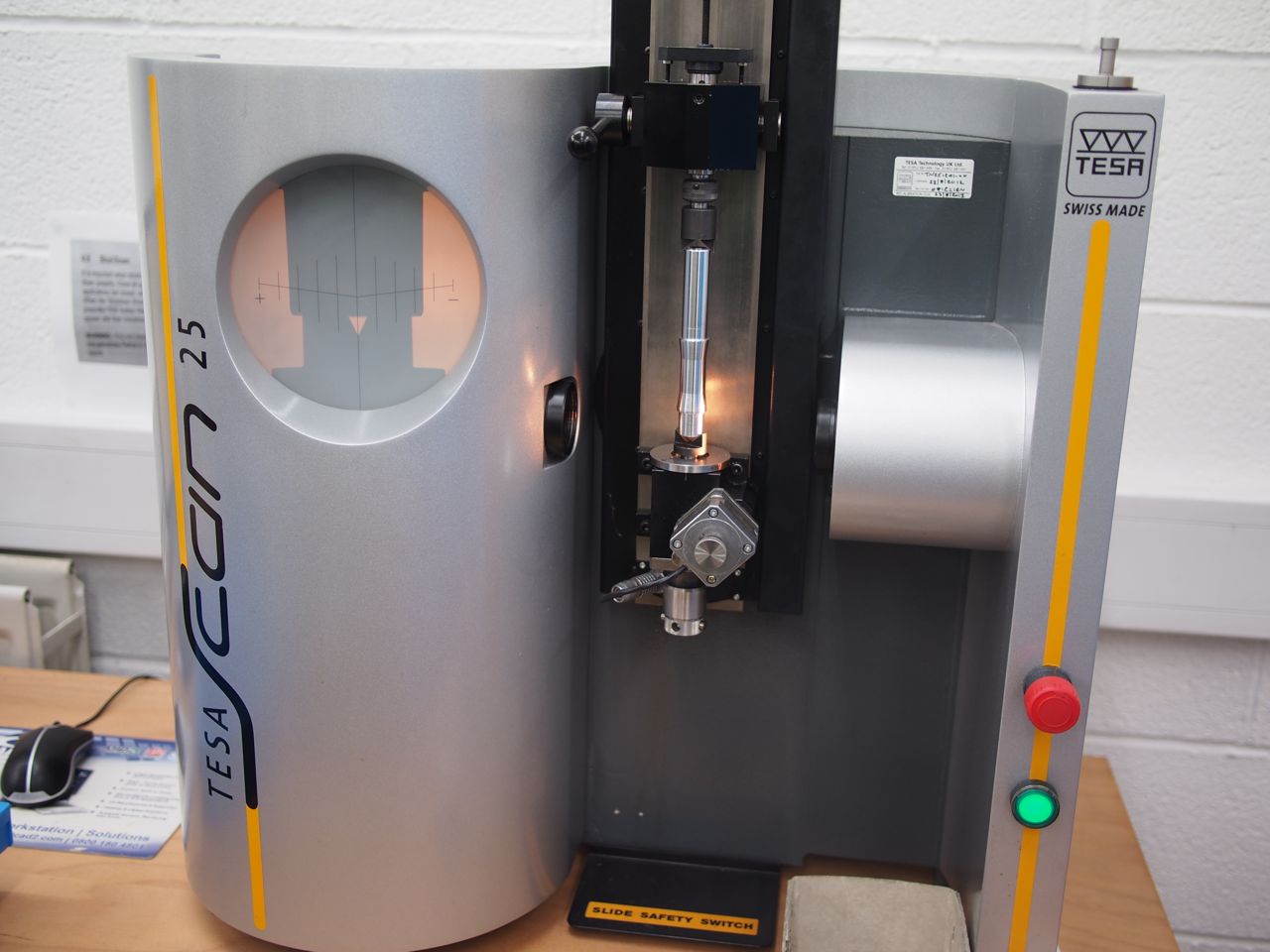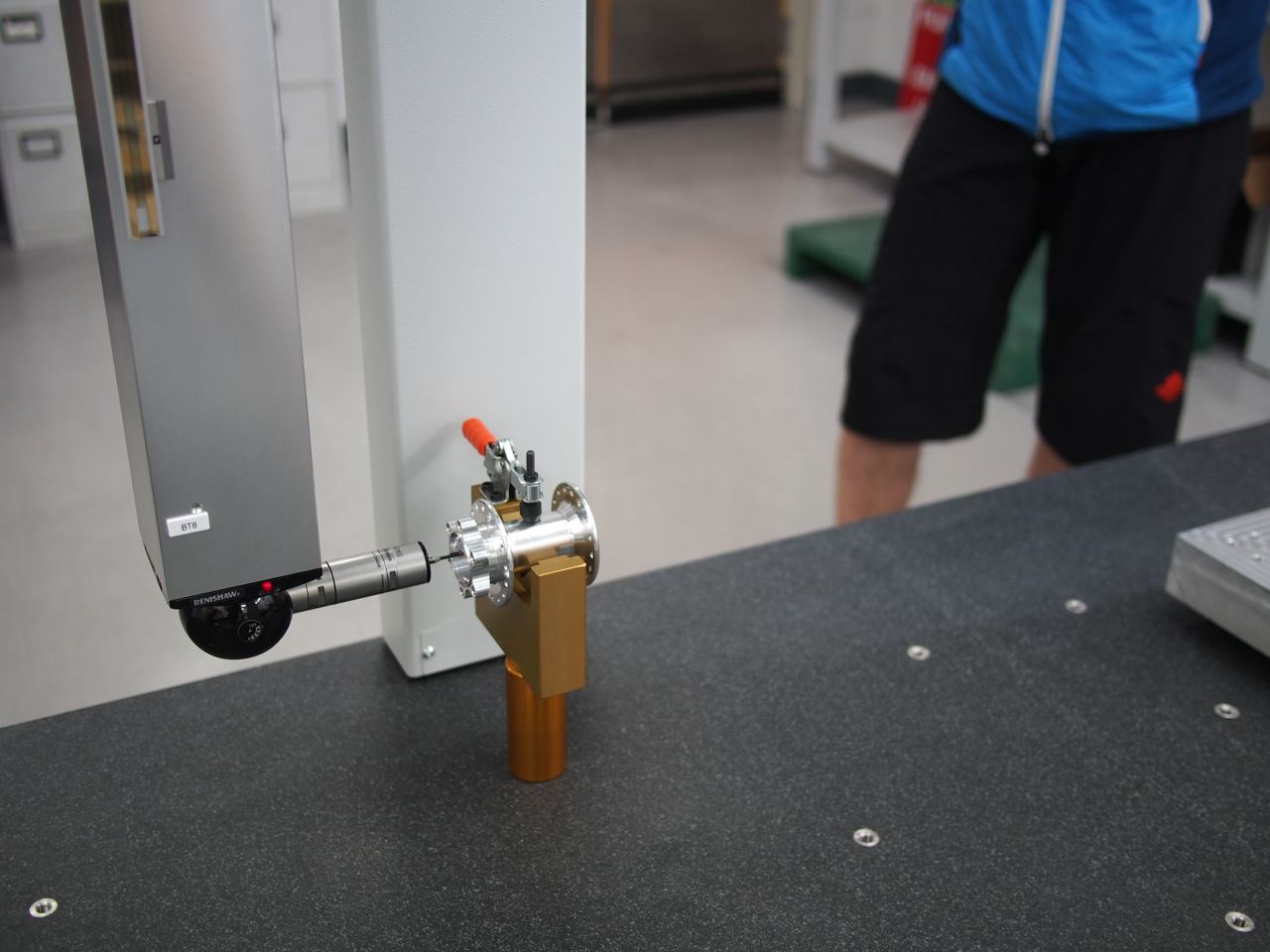First published in Singletrack Magazine issue 99
I’ve an OCD attachment to data. I’ve been lucky enough to have been training, racing and working with power meters for nearly seven years through my profession and my pastime, but the availability of a relatively moderately-priced (which in reality this is) power meter for the off-road rider has been a grail that I have been waiting to drink from for a long time.
Simply put, a power meter measures the amount of energy expended for a given time. If you do a baseline ride and generate 300 watts for 20 minutes, then do some training before coming back a few weeks later to repeat the test, where you cover the same distance, in the same time, but at an average wattage of 280W – there you go, a training improvement.
Why it is important that you can measure power? Well let’s be honest: for most people, it isn’t. If you don’t race, or you don’t think of riding your mountain bike as ‘training’, this is probably not a tool that you need. You have to want to do something with the data once you collect it, not just collect it for the sake of it. Owning a Stages power meter will not automatically make you fitter, just like owning a Santa Cruz will not automatically make you ride uphill faster.
Stages Cycling fits its meter to a number of different cranks. This one is a normal non-driveside XT crank, prepared to bond Stages’ strain gauge to the inside of the arm, adding 20g or so. This is done in-house, and apparently it cannot be retrofitted to used cranks.
The meter contains a single CR2032 battery that is user replaceable. The rest of the magic comes from a combination of tri-axial accelerometers, thermistors, and a few other gubbins to aid with the power estimations – I’ll come back to that bit. Transmission is done via Bluetooth Smart and ANT+ protocols, so you can pair it to compatible computers or phones. It spent two months on my cross-country rig (after it had been on another rider’s trail bike for a couple of months, too), and I used it with a Garmin Edge 500; I had no issues with pickup of data at any point, or calibrating it – something you should do before each ride and that takes about 20 seconds.
A note about battery life: I’ve had none of the rumoured issues with the Stages’ battery running dead after a few rides. In the two months I’ve had it, I’ve logged maybe 100 hours of riding time and it’s fine, and also dry inside.
Now let’s get to the point: power estimation. This is a non-driveside power meter – that is, it measures power from your left leg, does some fancy onboard maths, then provides an estimate for your overall power. This initially had me twitching a bit. However, if you do some reading around the subject, you’ll find some pretty convincing independent research into its validity and reliability. Remember, a constantly skewed data stream is much better than an inconsistently correct data stream. In this user’s experience, the data that the Stages meter has provided is consistent with previous personal experience, but I can’t comment on the validity yet.
Overall:
So the pressing question – would I buy one? Well, it’s sort of like parkin. Either you know what it is and you want it now, or it’s something you don’t know or care about. Personally I like parkin – which is probably why I need a Stages meter to measure how much energy I expend, so I can eat more.
Review Info
| Brand: | Stages |
| Product: | Cycling Power Meter |
| From: | Saddleback, saddleback.co.uk |
| Price: | £699.00 |
| Tested: | by Greg May for Two months and several races. |
Comments (0)
Leave Reply
Post Comment




Surely same course, same time, less watts is an improvement efficiency and technical ability rather than fitness – assuming weight and bike are the same? Same watts, faster time is what you are shooting for? Or more watts, even less time…
No offence Singletrack, but for all techy reviews DC Rainmaker is the way to go. He’s the man.
I’d have to agree with Sam but to be sure you’d need to compare the normalised power between the average power 280W and 300W rides. That would demonstrate where and how you put the power down, did you surge a lot or as the power even throughout.
What you really want to see is an increase in power over the same course with a consquently faster time at the same heart rate, i.e. lactic threshold or just above it for a 20 min ride. That would demonstrate training to power was making you fitter.